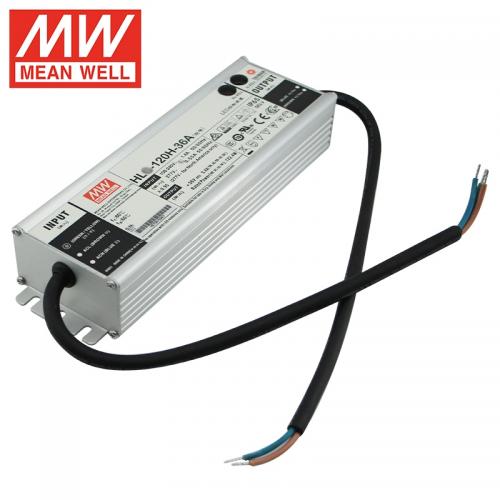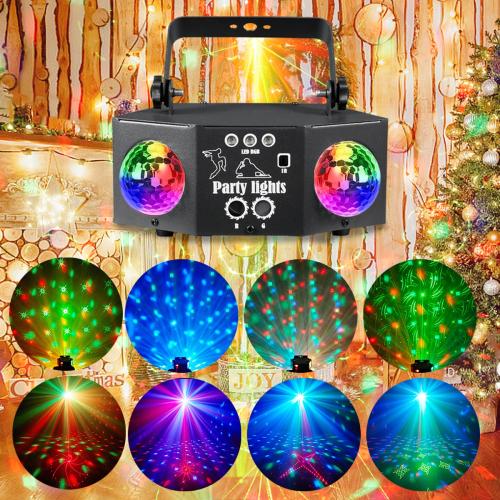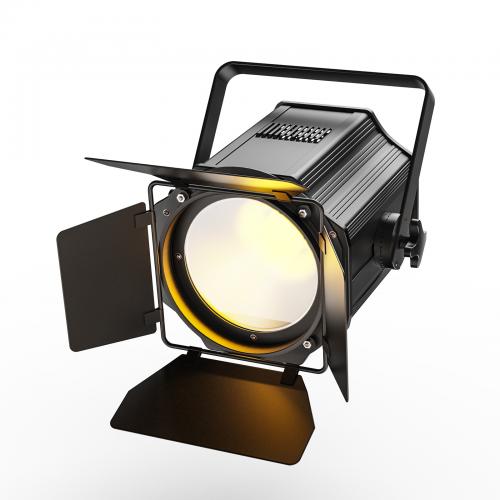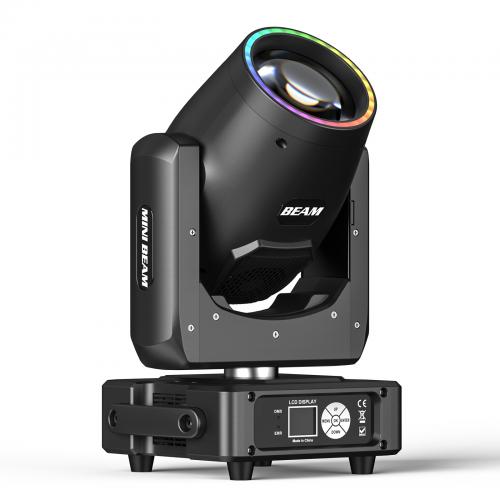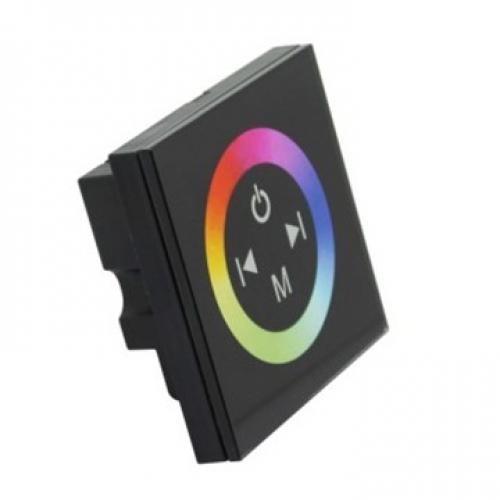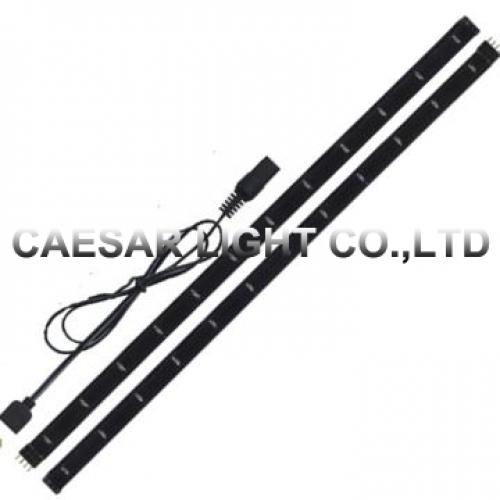What color are HPS lights?
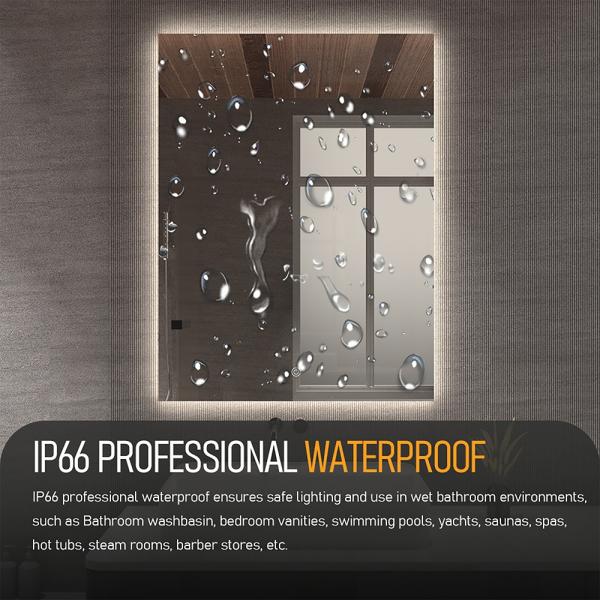
High-Pressure Sodium (HPS) lights are a popular choice for various applications, including street lighting, industrial lighting, and horticulture. These lights are known for their distinctive color, which can be described as a warm, yellow-orange hue. Understanding the color characteristics of HPS lights is crucial for anyone considering their use, whether for outdoor lighting or plant growth.
HPS lights emit a color that is typically around 2000 to 2200 Kelvin on the color temperature scale. This places them in the warm color spectrum, which is often associated with the cozy, inviting glow of traditional incandescent bulbs. The color is predominantly amber, with a mix of yellow and orange, making it a favorable choice for environments where a softer, less harsh light is desired.
One of the primary reasons HPS lights produce this particular color is due to the way they generate light. The light is produced by passing an electric current through a gas mixture, primarily composed of sodium vapor, within a sealed arc tube. When the sodium vapor is excited, it emits light predominantly in the yellow and orange wavelengths. This is why HPS lights have their characteristic warm color.
The color of HPS lights has several practical implications. For street lighting, the warm glow is less likely to cause glare compared to cooler, blue-white lights, making it easier for drivers and pedestrians to see without discomfort. This characteristic can contribute to safer nighttime environments, as the softer light reduces the risk of over-illumination and glare-related accidents.
In horticultural applications, the color of HPS lights plays a significant role in plant growth. The yellow-orange light spectrum is particularly beneficial during the flowering and fruiting stages of plant development. While HPS lights are not as effective for promoting vegetative growth as lights with more blue wavelengths, such as metal halide lamps, they excel in later stages of plant growth. This makes them a popular choice for growers who want to maximize yield during flowering.
However, the color of HPS lights does have some limitations. In environments where color rendering is important, such as retail spaces or art galleries, HPS lights may not be the best choice. Their color rendering index (CRI) is relatively low, meaning they do not accurately reproduce colors as well as other lighting options, such as LEDs or halogen lights. This can be a drawback in settings where true color representation is crucial.
Despite these limitations, HPS lights remain popular due to their efficiency and longevity. They have a high luminous efficacy, meaning they produce a significant amount of light per watt of electricity consumed. This makes them an economical choice for large-scale lighting applications, such as highways, parking lots, and industrial complexes.
For those considering HPS lights, it's important to weigh the benefits of their warm color against the potential drawbacks. For outdoor lighting, the reduced glare and inviting ambiance can enhance safety and visibility. For horticulture, the yellow-orange spectrum is ideal for flowering plants, although it may need to be supplemented with other light sources for optimal vegetative growth.
In summary, HPS lights emit a warm, yellow-orange color that is beneficial for certain applications but may not be suitable for others where accurate color rendering is essential. Their efficiency and effectiveness in specific stages of plant growth make them a valuable tool for growers, while their ability to reduce glare and create a welcoming atmosphere makes them a preferred choice for outdoor lighting. Understanding the color characteristics of HPS lights can help users make informed decisions about their use in various settings.

 Afrikaans
Afrikaans Čeština
Čeština Dansk
Dansk Deutsch
Deutsch Español
Español Francais
Francais Italiano
Italiano Magyar
Magyar Nederlands
Nederlands Norsk
Norsk Polski
Polski Português
Português Română
Română Slovák
Slovák Suomi
Suomi Svenska
Svenska Tiếng Việt
Tiếng Việt Türk dili
Türk dili Ελλάδα
Ελλάδα Русский
Русский اللغة العربية
اللغة العربية แบบไทย
แบบไทย 中文繁體
中文繁體 日本語
日本語 한국인
한국인
